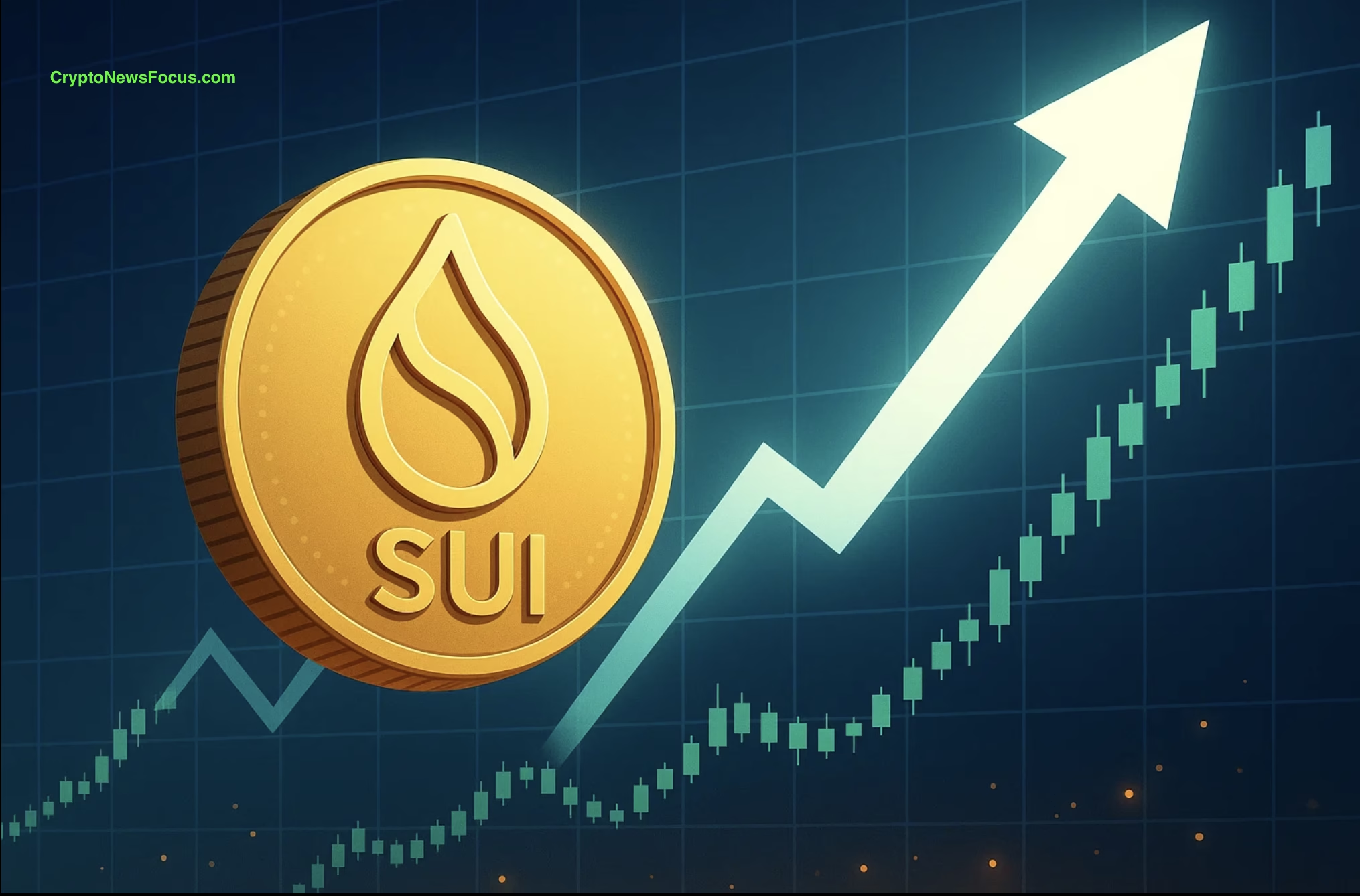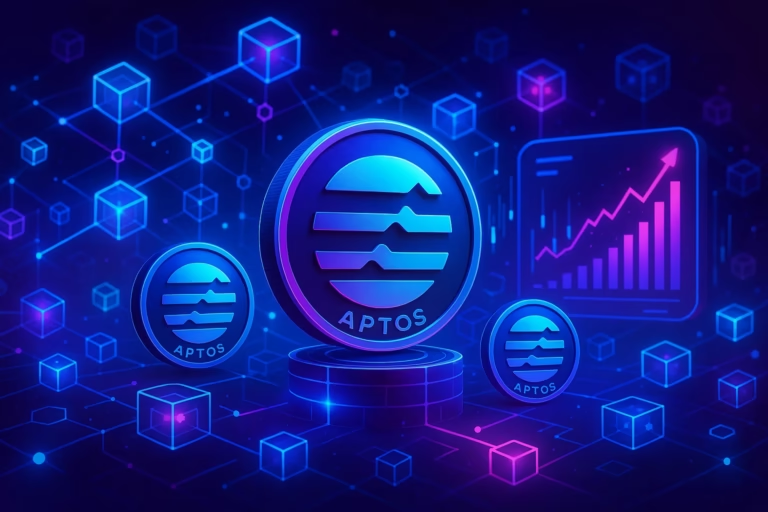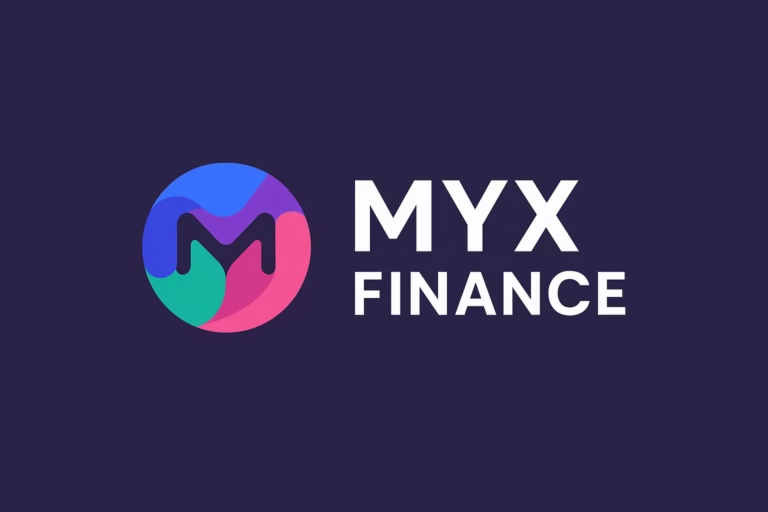
Nearly half a billion dollars’ worth of previously locked tokens will hit the open market over the next seven days, almost twice last week’s tally of roughly $250 million.
The sudden influx, dominated by Sui (SUI) and Ethena (ENA) cliff releases and sizeable daily emissions from Solana (SOL), is heightening trader caution as the new supply threatens to outweigh demand and pressure prices, particularly for low-liquidity or high-percentage unlocks.
Also Read: Strategy Moves 7,383 BTC After Buying $531M Worth in One Week
The Biggest Cliff Token Unlock
| Token | Value (USD) | % of Total Supply |
|---|---|---|
| Sui (SUI) | $125.4 M | 1.3 % |
| Ethena (ENA) | $58.1 M | 3.6 % |
| Optimism (OP) | $18.6 M | 1.8 % |
| Kamino (KNMO) | $14.0 M | 10.4 % |
| ZetaChain (ZETA) | $8.1 M | 5.0 % |
| Neon (NEON) | $5.5 M | 22.5 % |
SUI’s $125 million cliff unlock dwarfs the field in dollar terms, yet NEON’s 22.5 % release and KNMO’s double-digit share pose the sharpest dilution risk relative to existing float.
Daily Linear Releases to Watch
- Solana (SOL): $70 M a day (0.09 % of supply)
- Worldcoin (WLD): $34 M a day (2.2 %)
- Official Trump (TRUMP): $31 M a day (1.7 %)
- Bittensor (TAO): $17 M a day (0.6 %)
- Dogecoin (DOGE): $16 M a day (0.06 %)
- Avalanche (AVAX): $12.9 M a day (0.4 %)
- Celestia (TIA): $10.4 M a day (1.0 %)
- SUI (extra): $9.5 M a day (0.1 %)
Linear emissions dribble out more gradually than cliffs, but their relentless flow can sap bullish momentum, particularly if broader sentiment tilts bearish. SOL’s headline number is large, yet its minuscule 0.09 % share of supply makes material price shock less likely; the same cannot be said for WLD, TRUMP or TIA, each releasing >1 % of float.
High-Percentage Hazard Zone
History shows that unlocks exceeding roughly 5 % of the circulating supply often coincide with steeper drawdowns as early stakeholders cash out. This week’s standouts:
- Neon (NEON): 22.5 % of circulating supply
- Kamino (KNMO): 10.4 %
- ZetaChain (ZETA): 5.0 %
Traders eyeing these names should brace for outsized volatility and consider staggered entries or hedging strategies around unlock dates.
What It Means for the Broader Market
- Short-Term Sell Pressure: A sudden supply jolt often prompts token-specific pullbacks, and in risk-off environments, the effect can spill into correlated assets.
- Rotation Opportunity: Funds freed by unlock-related selling sometimes rotate into unaffected large-caps or fresh narratives, creating temporary outperformers.
- Derivative Volatility: Options IV and perpetual funding rates frequently spike around unlock dates—an opportunity for volatility sellers or basis traders.
Risk-Mitigation Tips
- Check vesting dashboards (TokenUnlocks, CryptoRank) before taking new positions.
- Scale into high-percentage unlock tokens only after liquidity normalises.
- Use stop-loss orders or options collars to protect against knee-jerk dumps.
With $484 million in fresh supply queued for release, the first week of July could prove choppy, especially for medium- and low-cap projects facing double-digit dilution. While large-cap names such as SOL and DOGE appear more insulated thanks to modest percentage releases, high-percentage cliff events in NEON, KNMO and ZETA demand extra vigilance. Traders should monitor on-chain flows and order-book depth closely through July 7 before deciding whether to fade or front-run the unlock wave.
FAQs
An unlock is a scheduled release of tokens that were previously locked under team, investor or ecosystem vesting agreements. Once unlocked, they are free to trade—often increasing circulating supply and short-term volatility.
When a large share of a token’s circulating supply (e.g., >5 %) hits the market at once, existing holders face sharper dilution, and early investors may take profits, amplifying sell pressure.
When a large share of a token’s circulating supply (e.g., >5 %) hits the market at once, existing holders face sharper dilution, and early investors may take profits, amplifying sell pressure.
Dashboards like TokenUnlocks and CryptoRank publish real-time calendars showing cliff dates, daily emissions, and percentage of supply unlocked.
No. If demand outpaces new supply or if the market views the unlock as de-risking, prices can stabilise or even rise. Context—liquidity, market mood, and token utility—matters.




